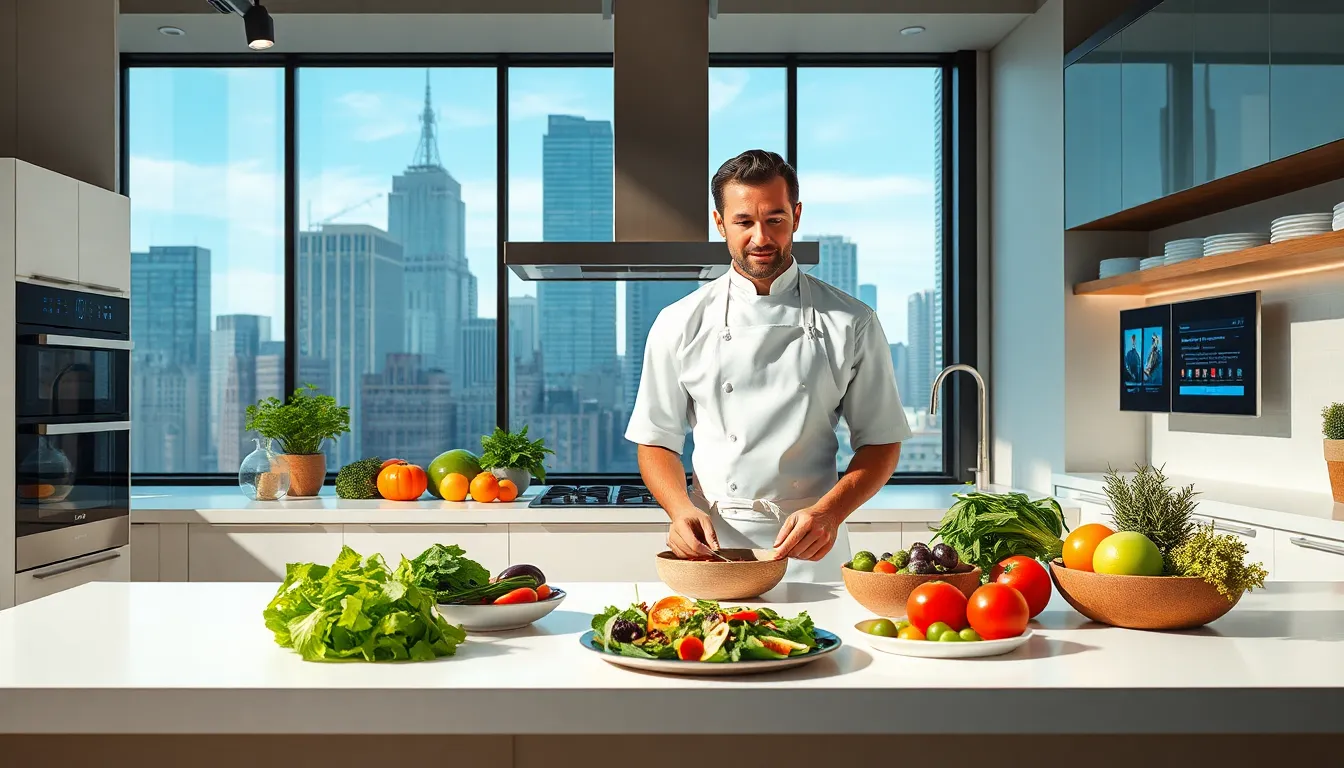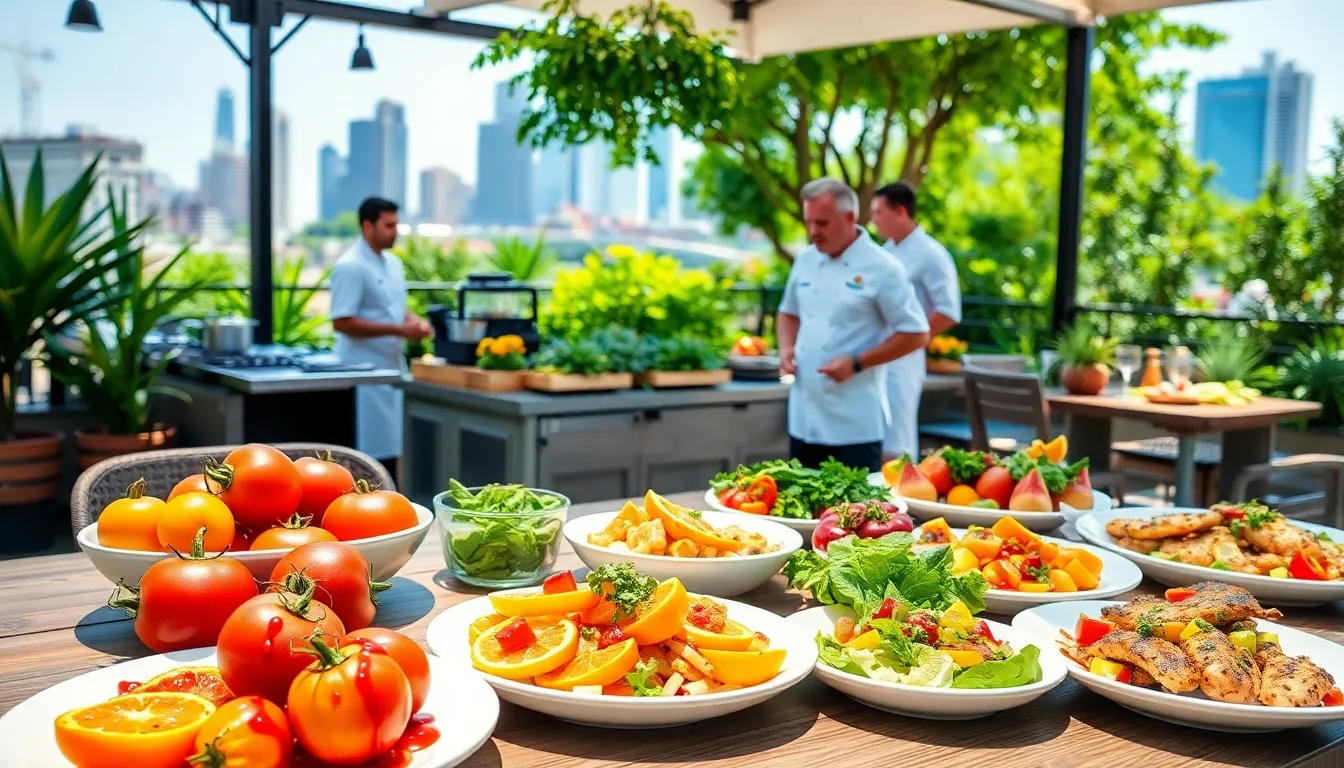Table of Contents
ToggleEver wondered what’s cooking in the world of food science? Well, grab your forks and knives because the culinary landscape is being transformed like never before. From lab-grown meats that don’t moo to blockchain tech keeping your avocados traceable, we’re diving into the hottest trends reshaping the way we grow, produce, and consume our food. Welcome to the age where sustainability meets cutting-edge technology and where your next meal might just come with a digital report card.
Emerging Technologies Revolutionizing Food Production

Plant-Based and Lab-Grown Innovations
The rise of plant-based diets is not just a passing trend: it’s a seismic shift in how food is produced and consumed. Many consumers are embracing the vegetarian lifestyle, and industry giants are answering the call. Lab-grown meats, once a concept of sci-fi movies, are now on grocery shelves. These innovations aim to provide the same flavors and textures of traditionally sourced meat without harming animals, talk about a win-win.
Blockchain and Traceability in Food Supply Chains
On another frontier, blockchain technology is weaving its way into the food supply chain, creating transparency like never before. Imagine scanning a QR code on your dinner plate to learn precisely where your food came from. From farm to fork, this technology safeguards against fraud and recalls, giving consumers a confidence boost with every bite. It’s a digital revolution ensuring food safety and quality, one block at a time.
Sustainable Practices and Environmental Impact
Biotechnology in Food Processing
As the world faces climate change, sustainable practices in food production have become essential. Biotechnology is now playing a pivotal role by enhancing crop yield without increasing environmental strain. Farmers are using genetically modified organisms (GMOs) to grow resilient crops that require fewer resources. These sustainable methods promise to feed a growing global population while reducing environmental impact.
Food Waste Reduction Strategies
Waste not, want not, this old adage is being championed by innovative food tech startups. Companies are developing technologies that convert unsold produce into delicious snacks or ingredients, effectively keeping food out of landfills. Every scrap saved is a victory in the battle against food waste, and these efforts not only help the planet but also provide economic opportunities.
Consumer Preferences and Behavioral Trends
Health and Wellness Trends in Food Choices
Health-conscious choices are shaping the culinary landscape. Many consumers are now scrutinizing food labels with the vigilance of a detective. Nutrient-rich foods, superfoods, and options with clear, clean ingredients are becoming the norm. This shift isn’t just about losing weight: it’s a movement towards understanding the role food plays in personal well-being. Food isn’t just fuel anymore: it’s medicine.
Personalized Nutrition and Diets
Gone are the days of a one-size-fits-all diet. Today, people want nutrition tailored to their individual needs. With advancements in genomics and data analytics, consumers can now access personalized meal plans that suit their unique metabolisms and lifestyles. This approach not only encourages healthier eating habits but fosters a deeper connection with food.
Smart Packaging Solutions
Augmented Reality and Virtual Reality in Food Experiences
Step aside mundane labeling: smart packaging is here to elevate your dining experience. Through augmented reality (AR) and virtual reality (VR), consumers can engage with their food like never before. Imagine pointing your smartphone at a cereal box and watching a video about its farm origins or receiving recipes that suggest ways to use the contents. Engaging consumers in this way enhances connection and fosters a mindfulness that many in the industry crave.
Food Safety Innovations Through Technology
When it comes to food safety, technology is rolling out advanced solutions that promise to check everything from freshness to potential contaminants. Sensors embedded in packaging can now relay real-time information about temperature or spoilage, ensuring the food you eat is not just good, but pristine. As concerns about foodborne illnesses rise, these innovations are game changers, helping to safeguard public health.




